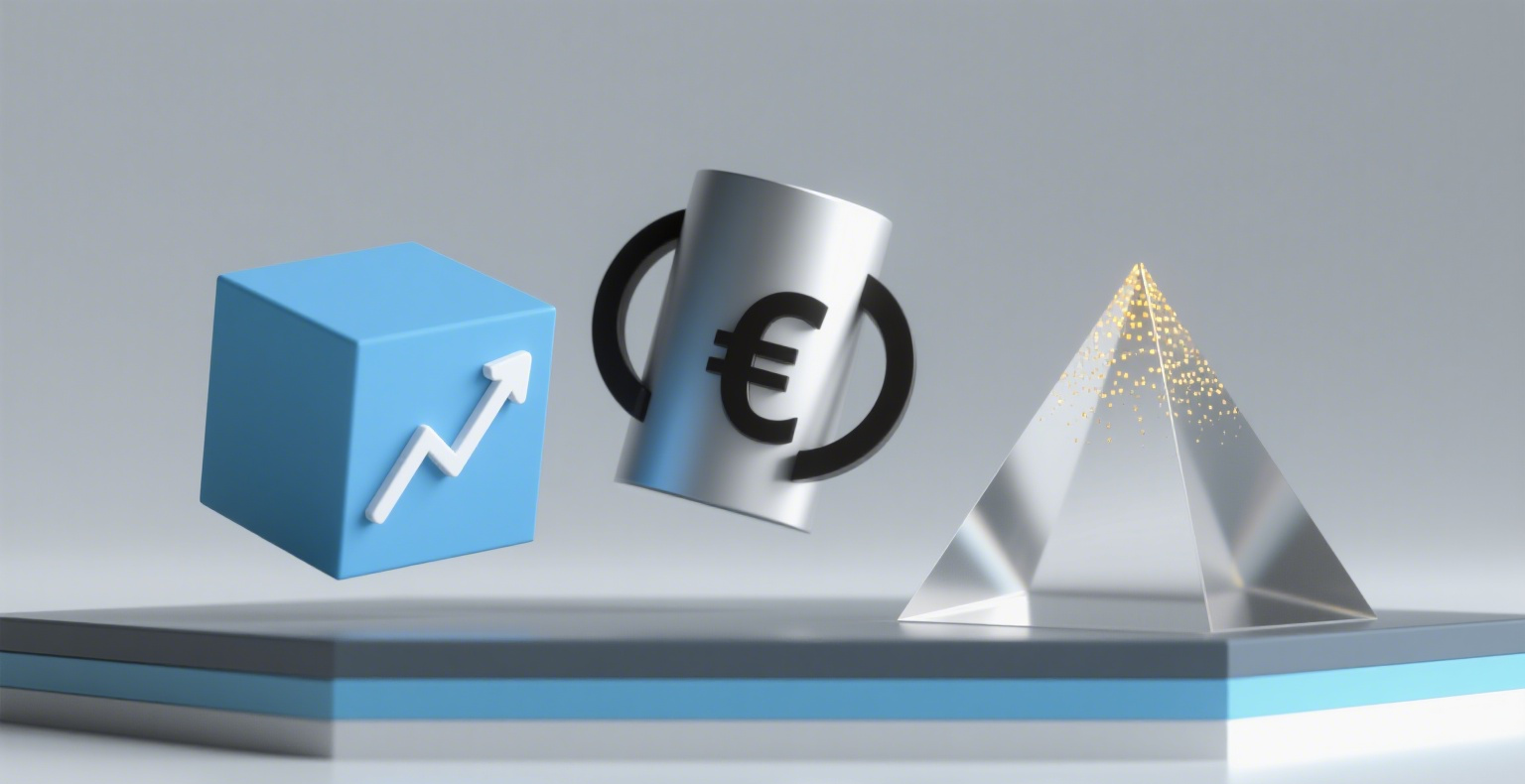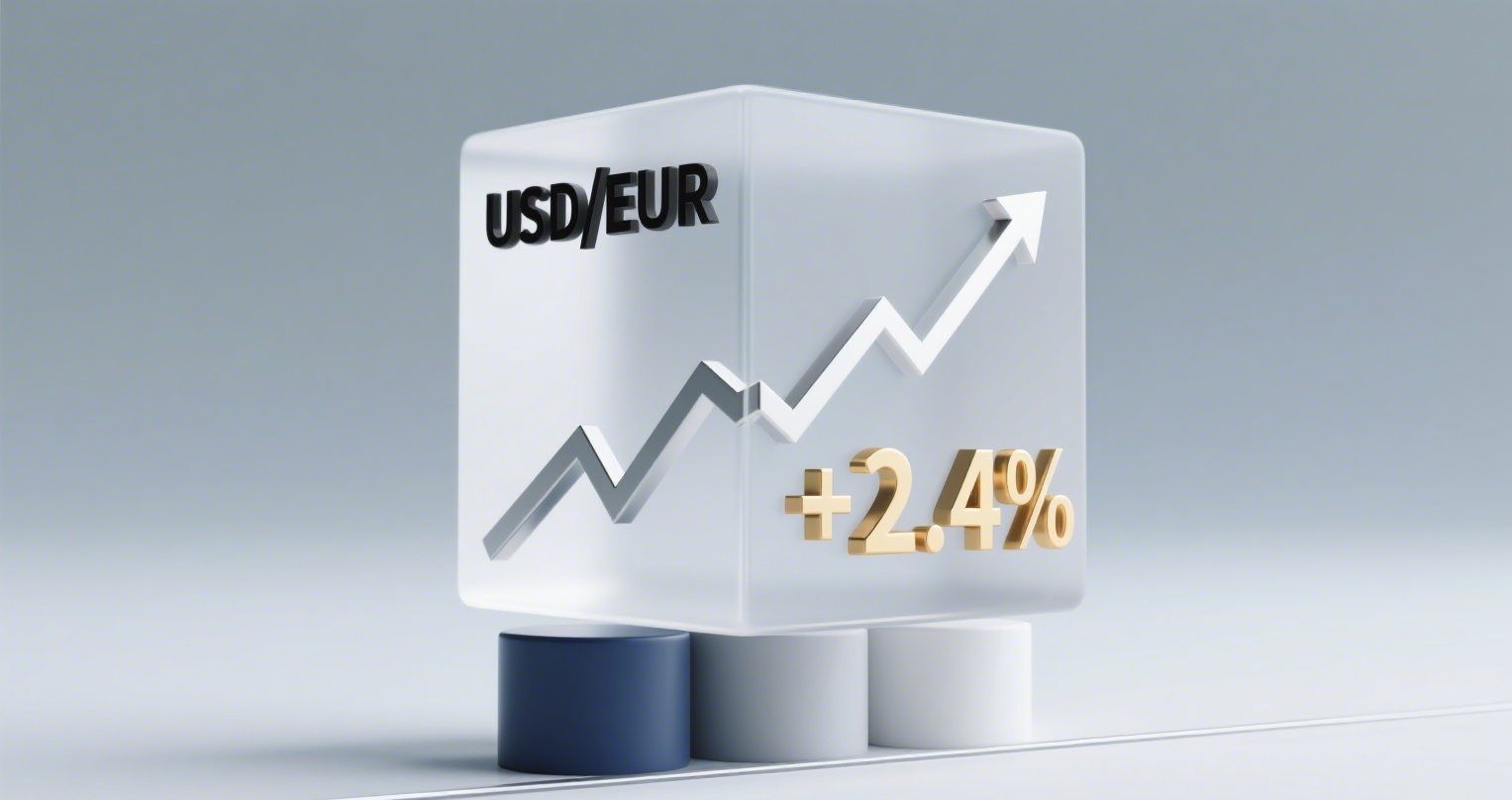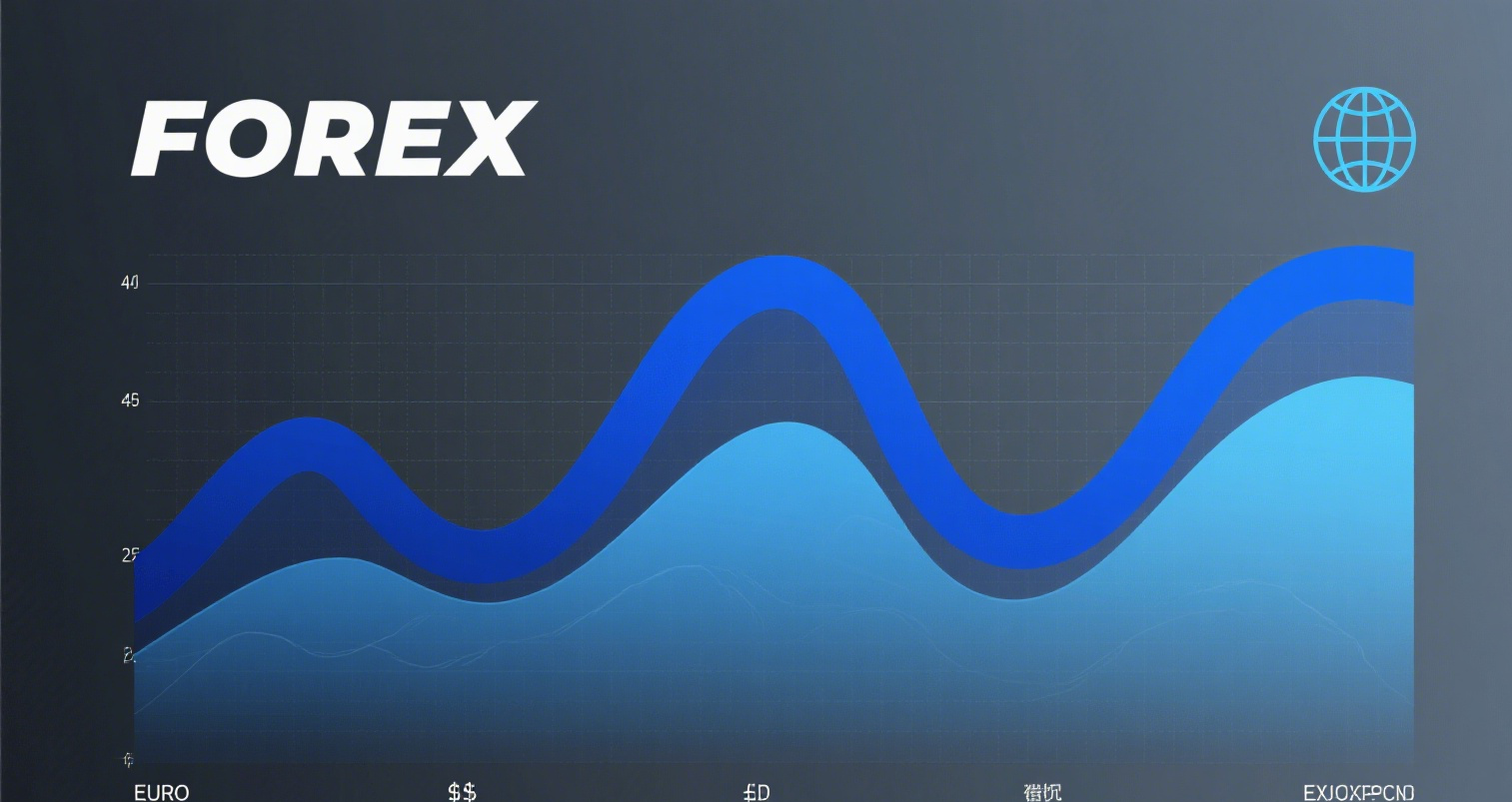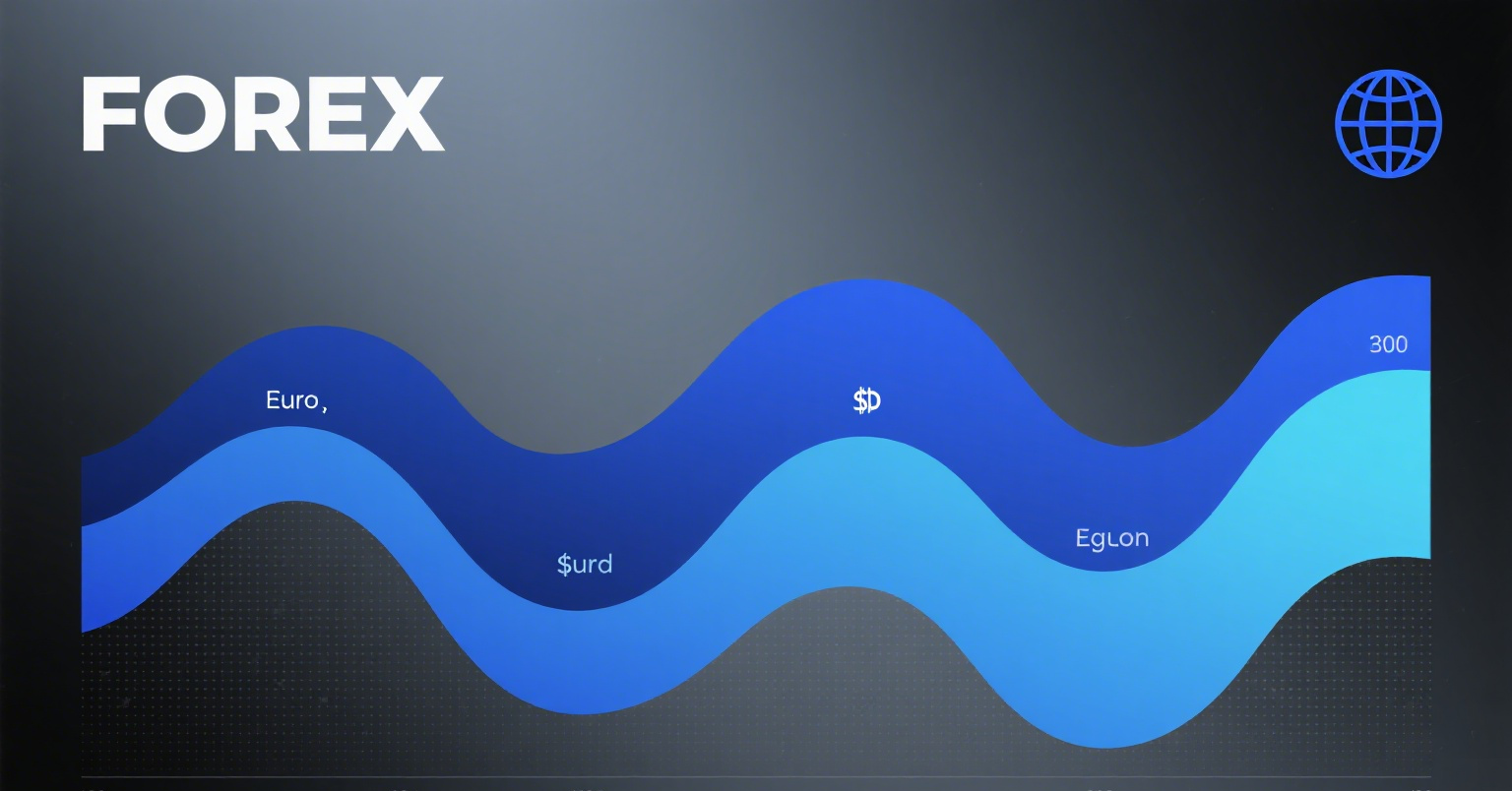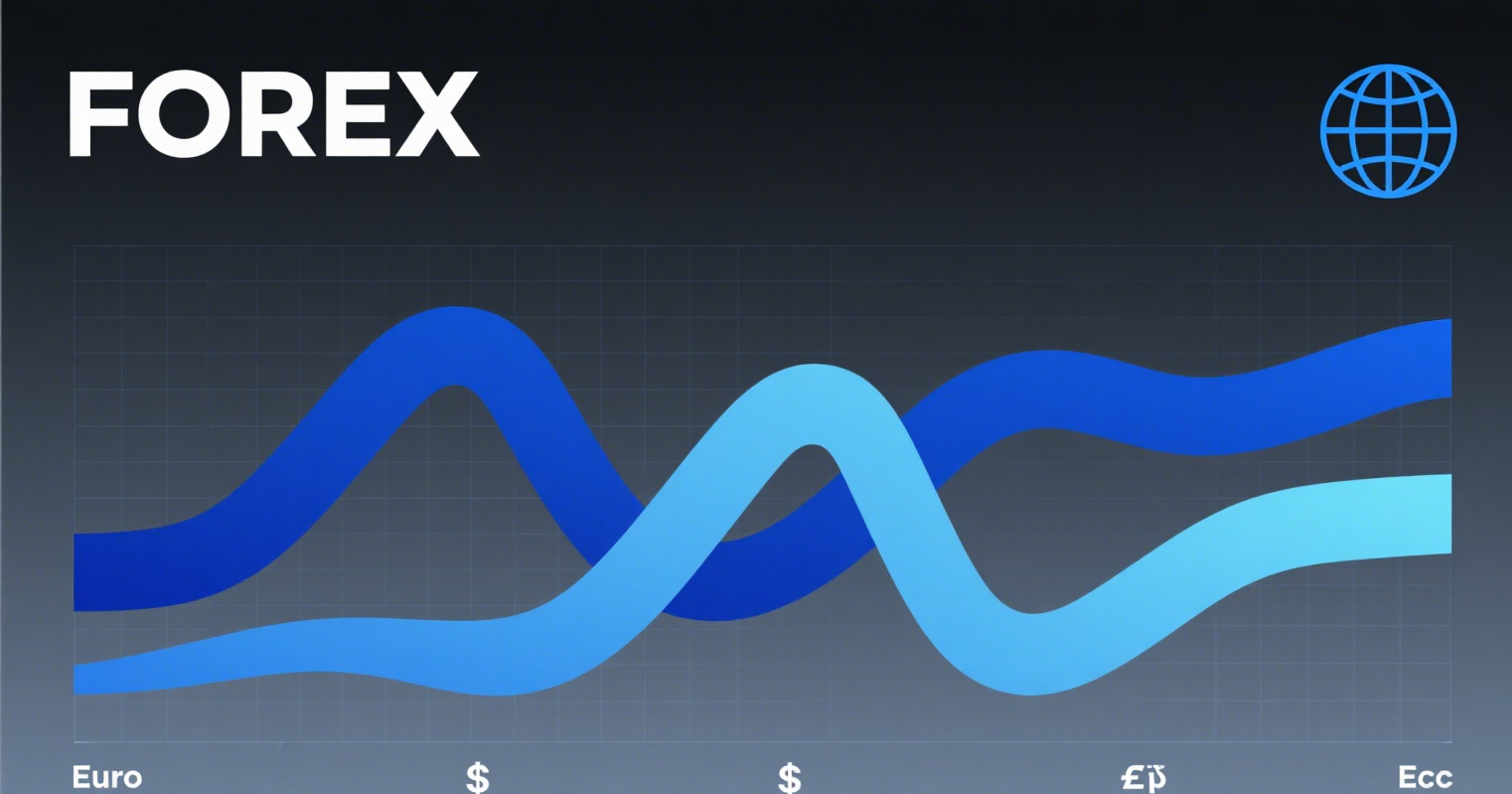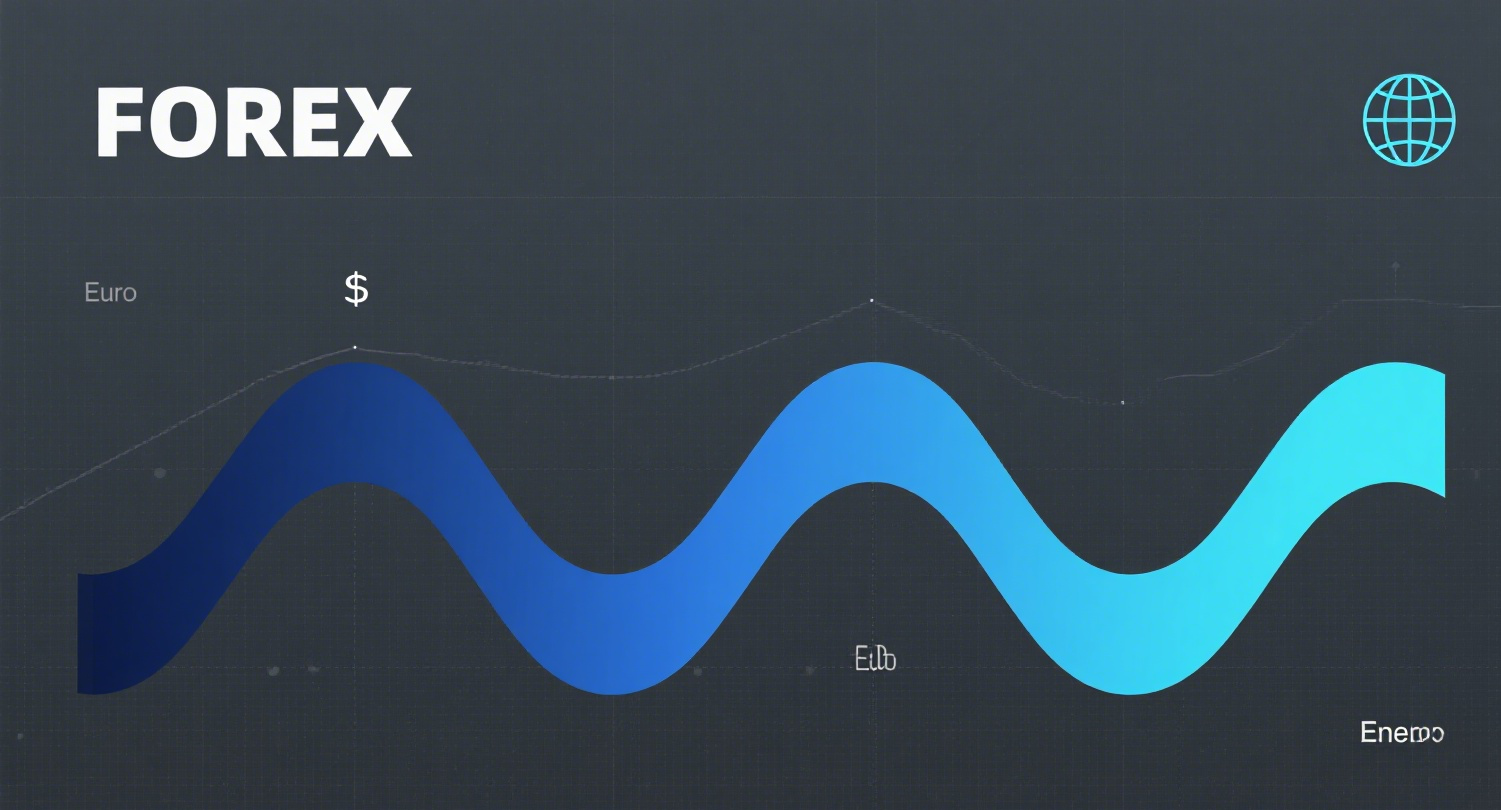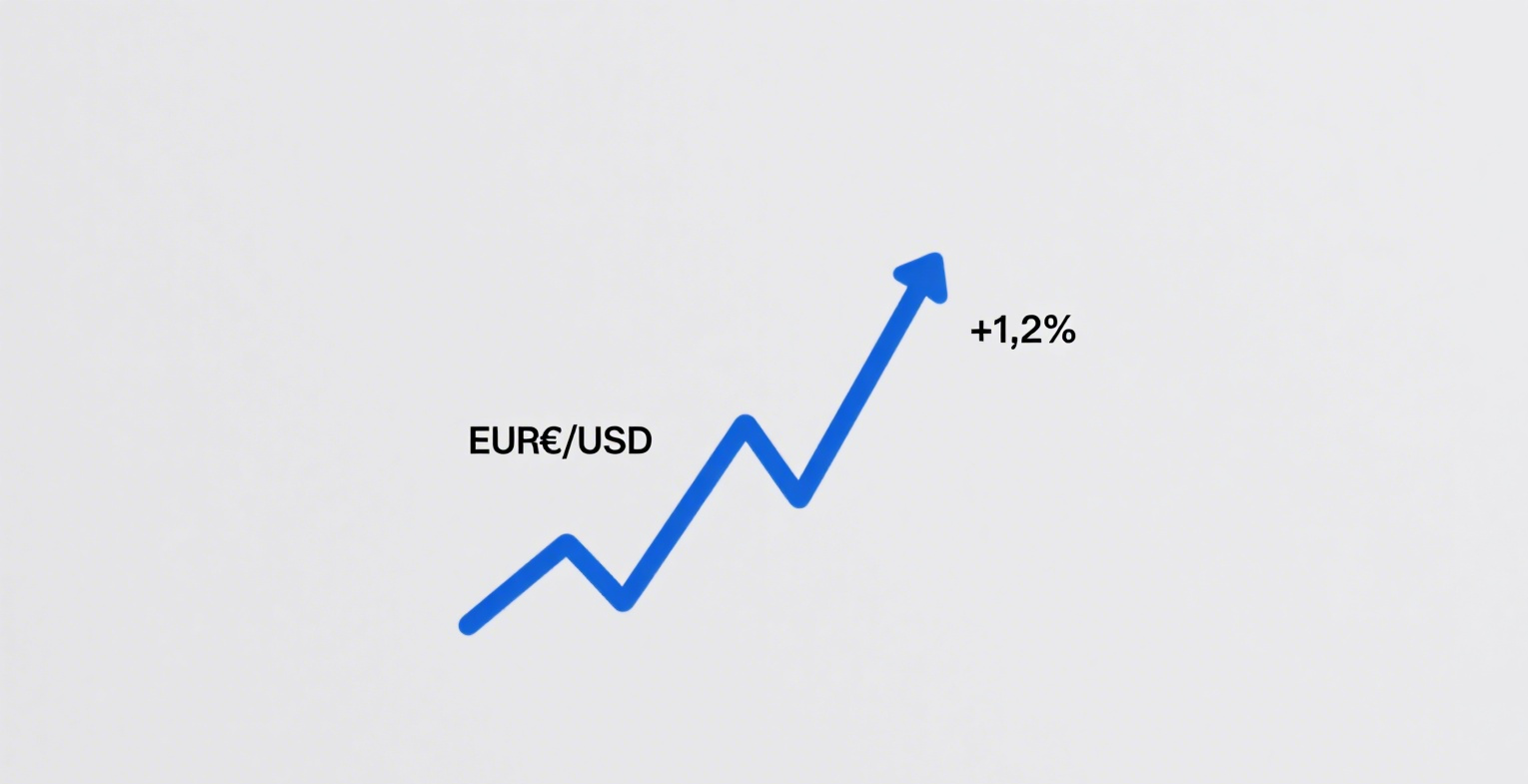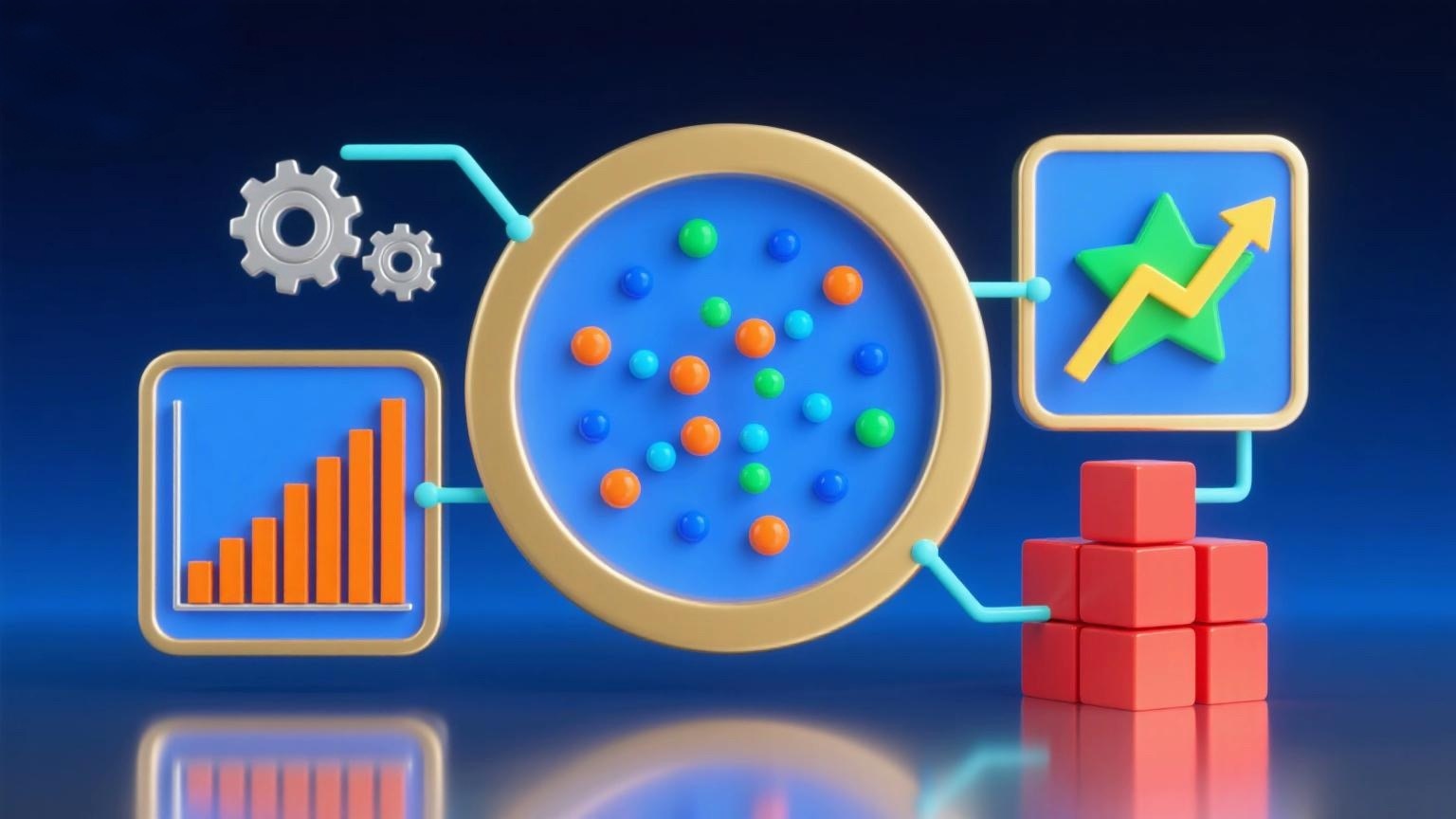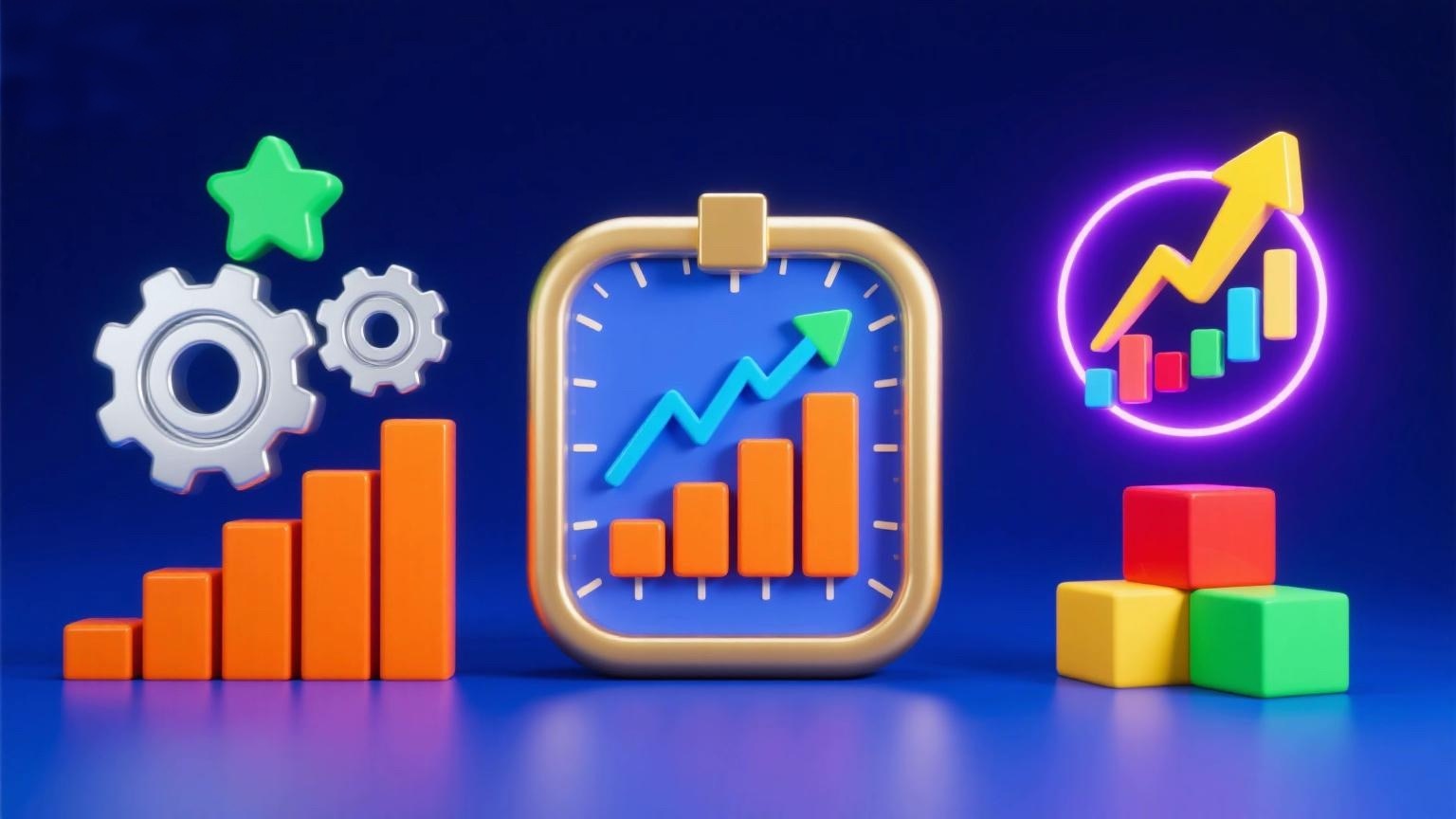
Among all index classifications, the boundary between industries and themes is not particularly clear. For example, is artificial intelligence an industry or a thematic index? What other indices fall into the same category? Under the current index classification system, investors often encounter such ambiguous questions and find it difficult to obtain accurate answers.
To address this, a recent review of stock index ETF classifications first conceptually distinguishes between industry and thematic indices. At the same time, by integrating commonly used industry classification systems both domestically and internationally, eight major industry categories were formed. Additionally, based on China's industrial advantages and industry development trends, six major thematic categories were established, covering all existing industry and thematic index products in the market. Investors can use this classification to more clearly and conveniently search, compare, and invest in various industry or thematic ETFs.
A Theme Is Not an Industry, an Industry Is Not a Theme
Currently, the boundary between industry indices and thematic indices is not very clear, and most investors are also vague about it. However, in recent years, as the number and variety of industry and thematic indices continue to grow, it has become increasingly difficult for investors to accurately search and compare them. Therefore, clearly distinguishing between thematic indices and industry indices has become more urgent.
The first step in this effort is to conceptually differentiate between what constitutes an industry and what constitutes a theme. This time, E Fund Management first clarified what an industry index is and what a thematic index is.
An industry index is an index compiled based on industry classification, reflecting the overall performance of stocks within a specific industry. In contrast, a thematic index is constructed around a long-term trend, theme, or concept, incorporating stocks related to that theme into the index sample, typically spanning multiple industries.
Building on this conceptual distinction, this review integrated industry classification systems commonly used by domestic and international index companies, forming eight major industry categories. Based on China's industrial advantages and industry development trends, six major thematic index categories were also established. Under this classification framework, whether it's artificial intelligence, new energy, or other indices, each can find its accurate positioning.
Industry Classification Emphasizes Two Major Criteria
Specifically, the eight major industry categories formed in this review emphasize two major criteria: First, name matching—if an index name matches the industry names in classification standards such as GICS, CSI, SZSE, Hang Seng, Shenwan, or CITIC, it is considered an industry index. Second, industry weight—for indices that do not meet the name-matching criterion, the weight of constituent stocks is analyzed. If the weight of a single industry in the index is basically above 80%, it is classified as an industry index.
Under these rules, the eight major industries identified are finance, healthcare, technology, consumer, manufacturing, cyclical, utilities, and real estate. Specifically, the finance industry includes indices such as banking and securities insurance; the healthcare industry includes indices like biotech, healthcare, innovative drugs, and Hong Kong Stock Connect innovative drugs; the technology industry includes indices such as semiconductors, software, and telecommunications; while defense, photovoltaics, and energy storage batteries fall under the manufacturing industry indices.
Thematic Indices Often Span Multiple Industries
For thematic indices, based on China's industrial advantages and industry trends, six major categories were formed: digitalization and artificial intelligence, advanced manufacturing, low-carbon transformation, state-owned enterprise reform, demographic trends, and ESG. Currently, these six categories can cover all thematic indices in the market. In the future, as the market continues to evolve, adjustments and optimizations will be made based on the evolving themes.
These six thematic categories each have corresponding focus areas, demonstrating that a single thematic index can span multiple industries. For example, the digitalization and artificial intelligence theme focuses on cutting-edge technology fields such as AI, the internet, and the Internet of Things, capturing the long-term growth potential brought by technological disruption of traditional industries.
Another example is the low-carbon transformation theme, which focuses on core areas of the low-carbon economy such as renewable energy and clean technology, capturing the long-term opportunities brought by industrial transformation and technological revolution under the dual-carbon goals.
A systematic review of the ETF classification system not only helps investors clearly understand ETF product layouts but also better leverages the tool attributes of ETFs, improving investors' asset allocation efficiency.









